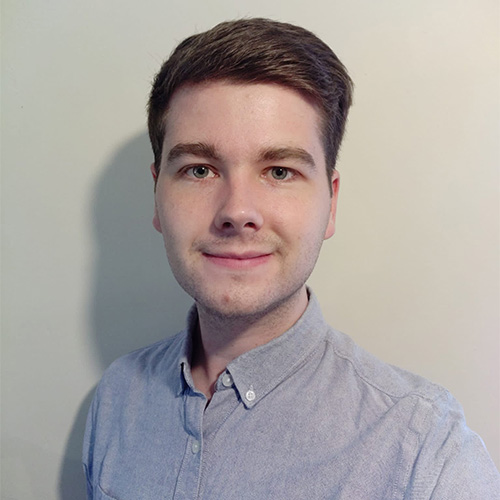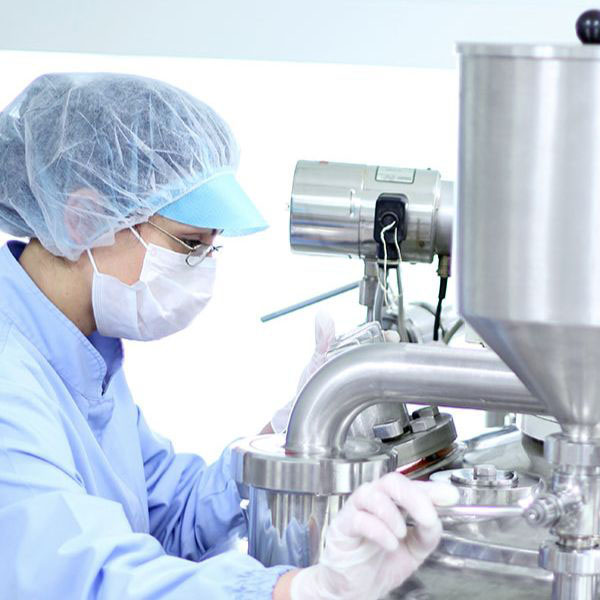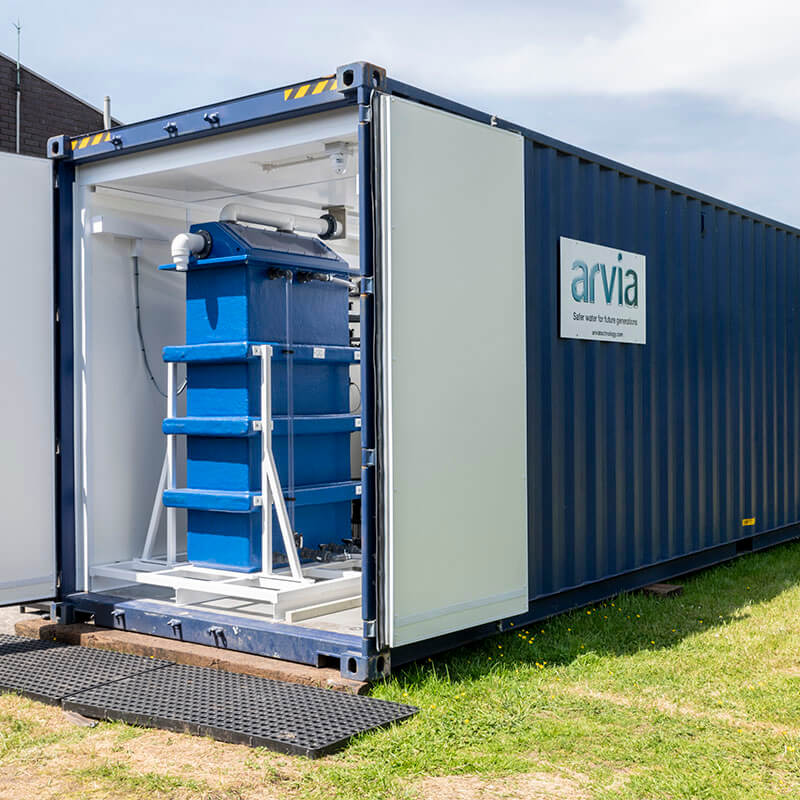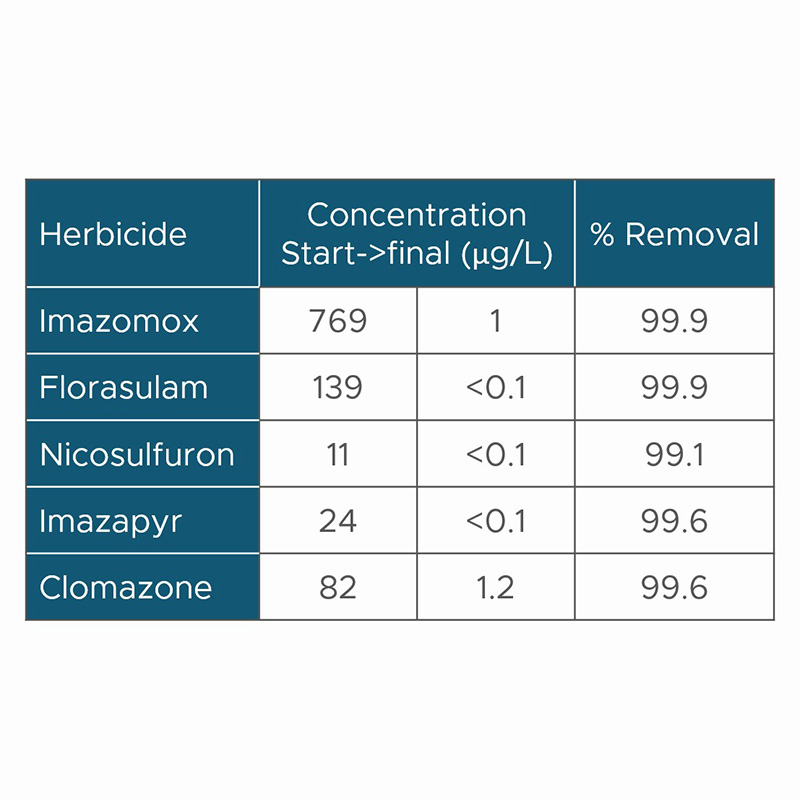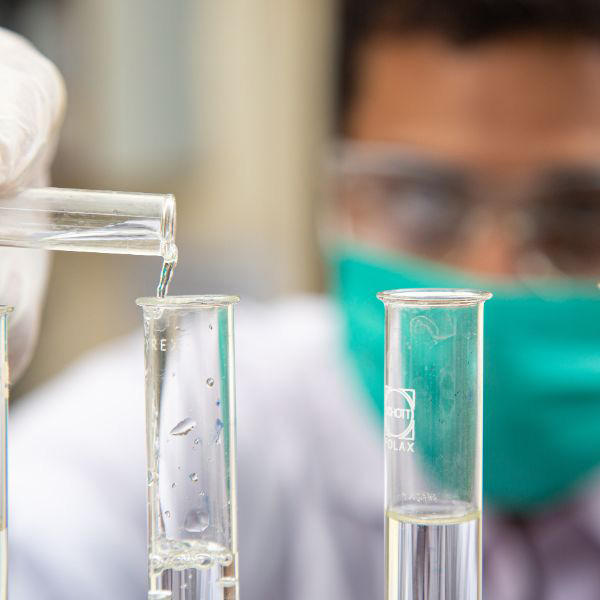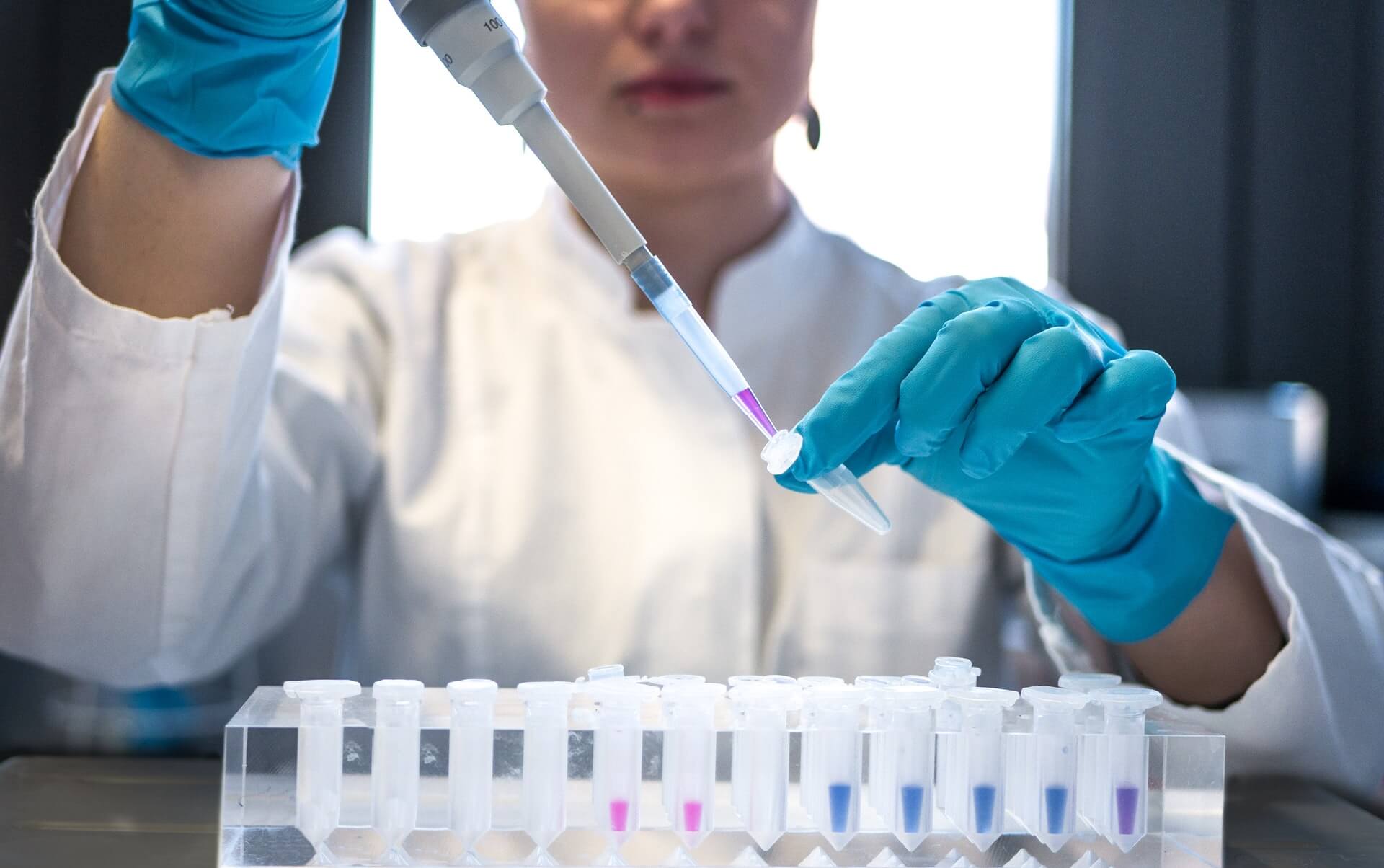Our Water Treatment Solution
Our Nyex™-a treatment system combines adsorption with advanced oxidation in a single, scalable unit. Trace organics are concentrated on the surface of our proprietary media, which is non-porous with high electrical conductivity. This patented adsorbent media allows for targeted and continuous oxidation.
Unlike granular activated carbon (GAC), this media is effectively regenerated in situ and the process can continue without interruption or replacement. Results are achieved without chemical dosing or the generation of sludge. This reduces costs from transportation of chemicals and specialist waste disposal. It is also an eco friendly solution.
The system provides a chemical free and eco-friendly solution, which comes in a modular design and can be bolted onto an existing treatment solution. It is also versatile and can be modified to suit a manufacturers specific requirement for reuse or effluent discharge.
A laboratory-scale version of the Nyex™-a treatment system was initially tested at our in-house facility. The capabilities proven resulted in the project being scaled-up, with the construction of a Nyex™ 7-100a pilot system on the manufacturing site.
Results: Removal of herbicides from water
During the trial, the herbicides were successfully removed from the wastewater to safe levels. All five herbicides were removed to trace levels of 1μg or below, which was well below the target.
This trial showed a mean herbicide removal of approximately 99.8% with an applied current of 1 Amp.
We have had similar success with other agrochemicals such as: 2,4-D; Boscalid; MCPA; Atrazine; Carbendazim; DCMU; Mecoprop; Metaldehyde; Terbutryn.
People who read this also liked these case studies
Our water treatment process is used by many types of industries
